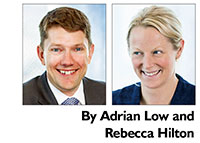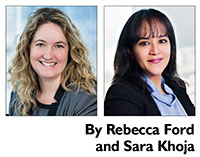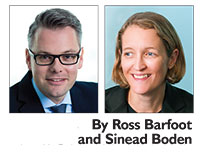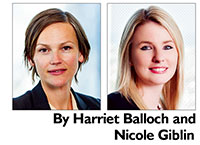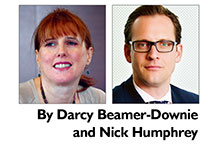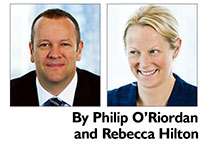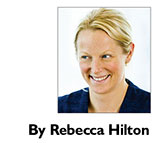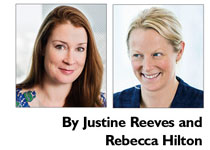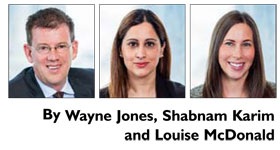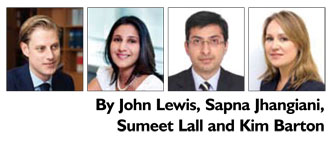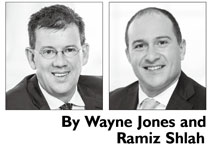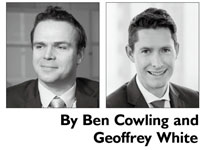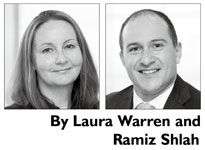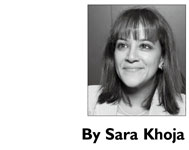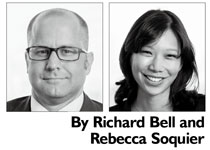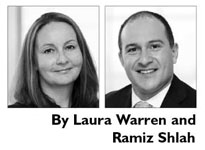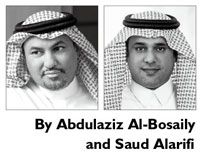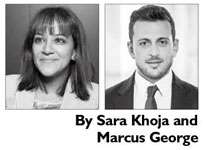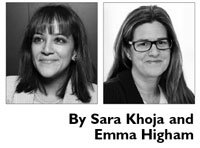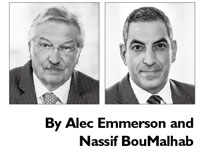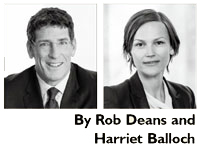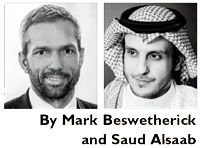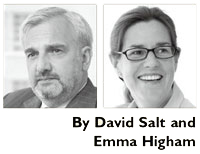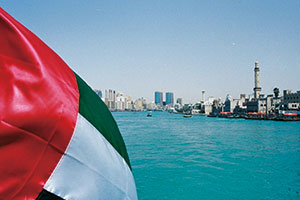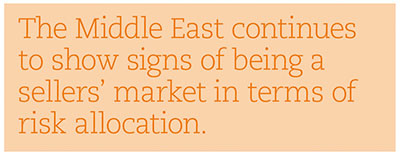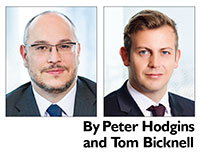 The UAE Insurance Authority has recently released its Annual Statistical Report for the Insurance Sector in the United Arab Emirates for 2014. The report provides a comprehensive overview of the (re)insurance landscape in the UAE. The key points highlighted in the report are: The dominance of compulsory lines – general insurance remained the major contributor to the total premiums in the UAE accounting for AED24.9 billion (approximately US$6.8 billion) or 74.3 percent of total written premiums in the market, albeit this represents a two percent reduction from 2013. However, health insurance accounted for approximately US$3.03 billion of this business. The split between local companies and foreign branches – the share of the market between local and foreign companies remained in approximately the same proportions as 2013 with life and funds formation premium still being dominated by foreign issuers (81.4 percent of underwritten premium). This proportion is, in our view, consistent with the life sector still being in a particularly early stage of development in terms of local expertise. Fragmented insurance landscape – there are 60 insurers (34 locally incorporated insurance companies and 26 branches of foreign insurers) and 164 insurance brokers (159 locally incorporated and five branches of foreign brokers). 13 insurers continue to operate on a composite basis. 10 insurers are licensed only to conduct life insurance and fund accumulation business. There are 11 insurers operating in the takaful sector. Reliance on reinsurance capacity – the local insurers continued to be heavily reliant on reinsurance, with overall retention rates for general insurance business remaining constant at around 55 percent. Looking to the future, it is probably trite to observe that premium growth will continue in the UAE given the low level of penetration in the UAE by comparison to developed economies. However, whether the rate of growth (a CAGR of 17 percent over the last six years) can be maintained is questionable. There is speculation that the declining oil prices in the region could result in a decrease in investment in new commercial projects with the knock-on effect of reducing demand for insurance coverage, although to some degree, this will potentially be offset by the attraction of the UAE as a stable environment whilst geo-political uncertainty remains in the wider Middle East region. Underwriters continue to comment on the soft rates across many lines in the region (which is reflected in the deteriorating loss ratios). This will undoubtedly continue whilst excess capacity exists in the reinsurance market facilitating the continued levels of low retentions by the local insurers. We are nevertheless seeing an increase in reinsurers seeking to establish a local presence to provide on-the-ground expertise to manage underwriting and claims. Whilst other financial hubs continue to develop in the region (e.g. the Qatar Financial Centre and the Abu Dhabi Global Market), the DIFC remains the popular choice for reinsurers keen to set up a MENA reinsurance hub. In this regard, the lack of underwriting expertise in many specialist areas, particularly in commercial lines business, means that the local market will continue to be dependent on outside expertise in its coverage of large or complicated risks. In addition, the continuation of the moratorium on the issuance new insurer licences by the Insurance Authority means that fronting arrangements will continue to develop as a mechanism for accessing the local market. The UAE Insurance Authority has not directly sought to discourage the local industry’s reliance on reinsurance. Instead it has introduced measures to strengthen the insurance industry, primarily through the enactment of the Financial Regulations in 2014. These regulations introduce for the first time a risk-based capital requirement for insurers. Whilst commentators have suggested that the regulations do not adequately discourage the current levels of reliance on reinsurance, the clear intention of the Insurance Authority is to encourage consolidation and to create industry players who have the necessary financial strength to retain a greater percentage of the risks that they underwrite. Overall, the insurance market in the UAE looks set to continue its solid growth with local participants continuing to be heavily reliant on the international market. |
Clyde & Co LLP
PO Box 7001, Rolex Tower,
Sheikh Zayed Road, Dubai, United Arab Emirates
Tel: (971) 4 384 4000 / Fax: (971) 4 384 4004
Email: peter.hodgins@clydeco.com
tom.bicknell@clydeco.com
Website: www.clydeco.com


